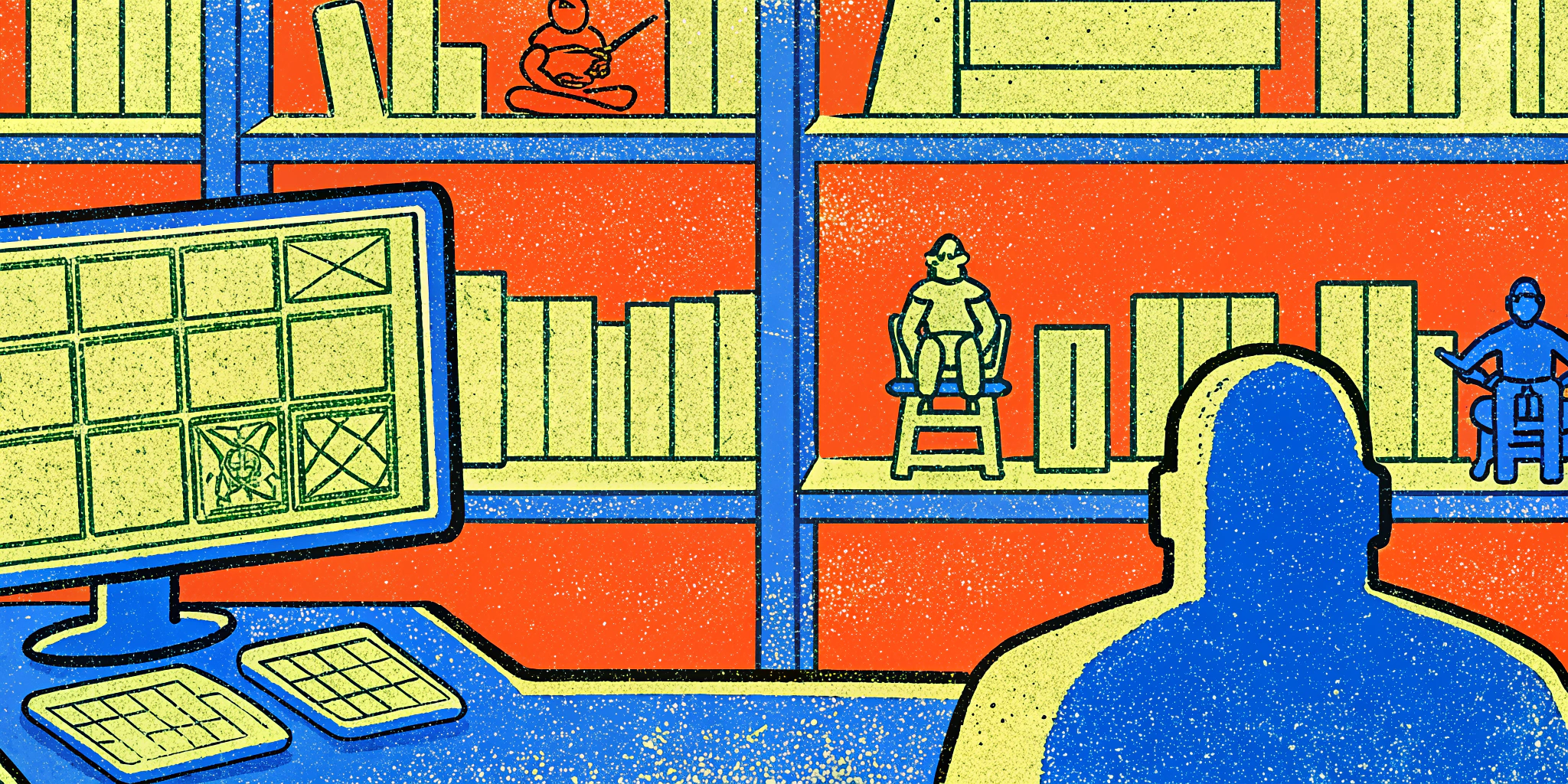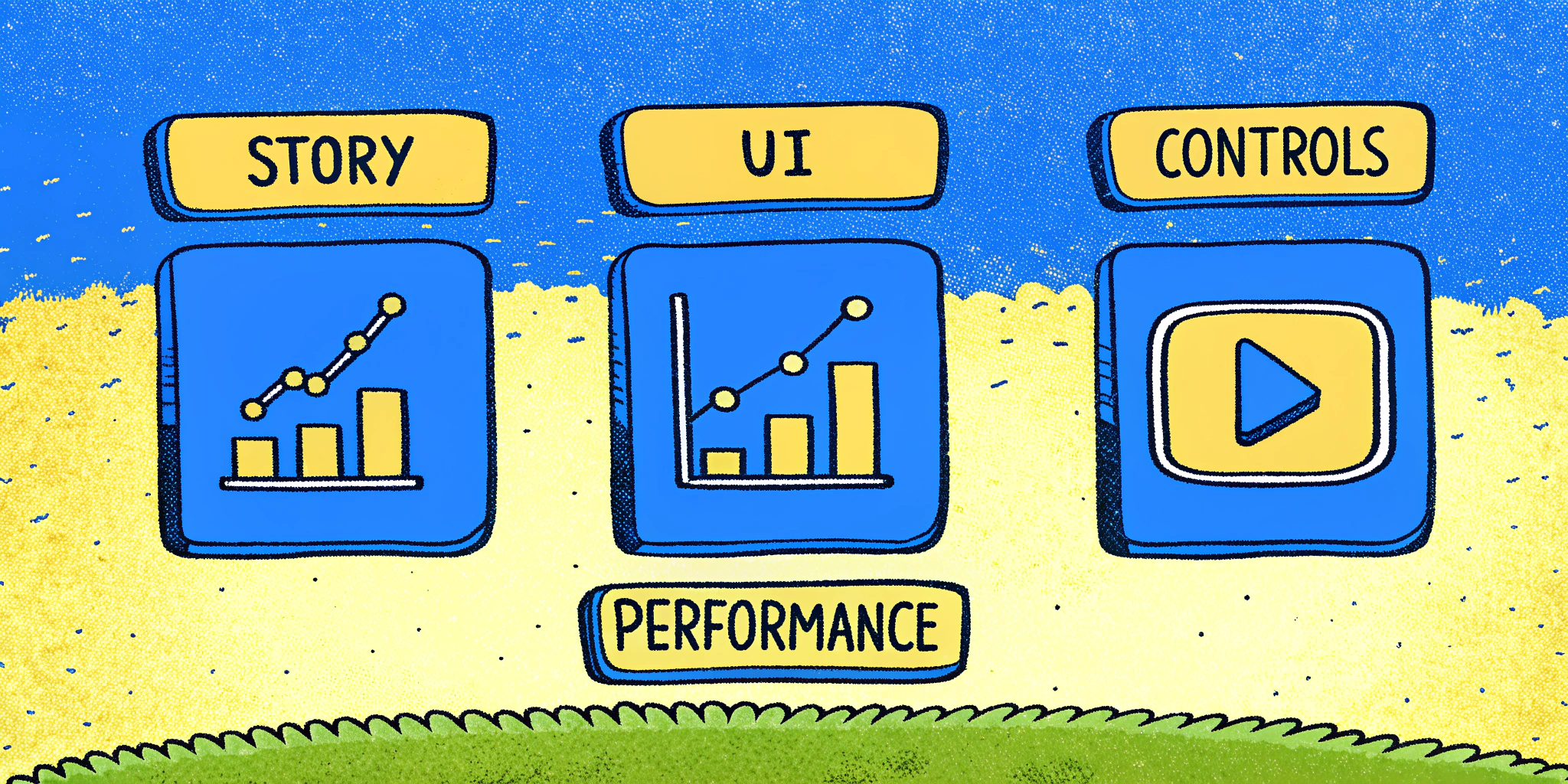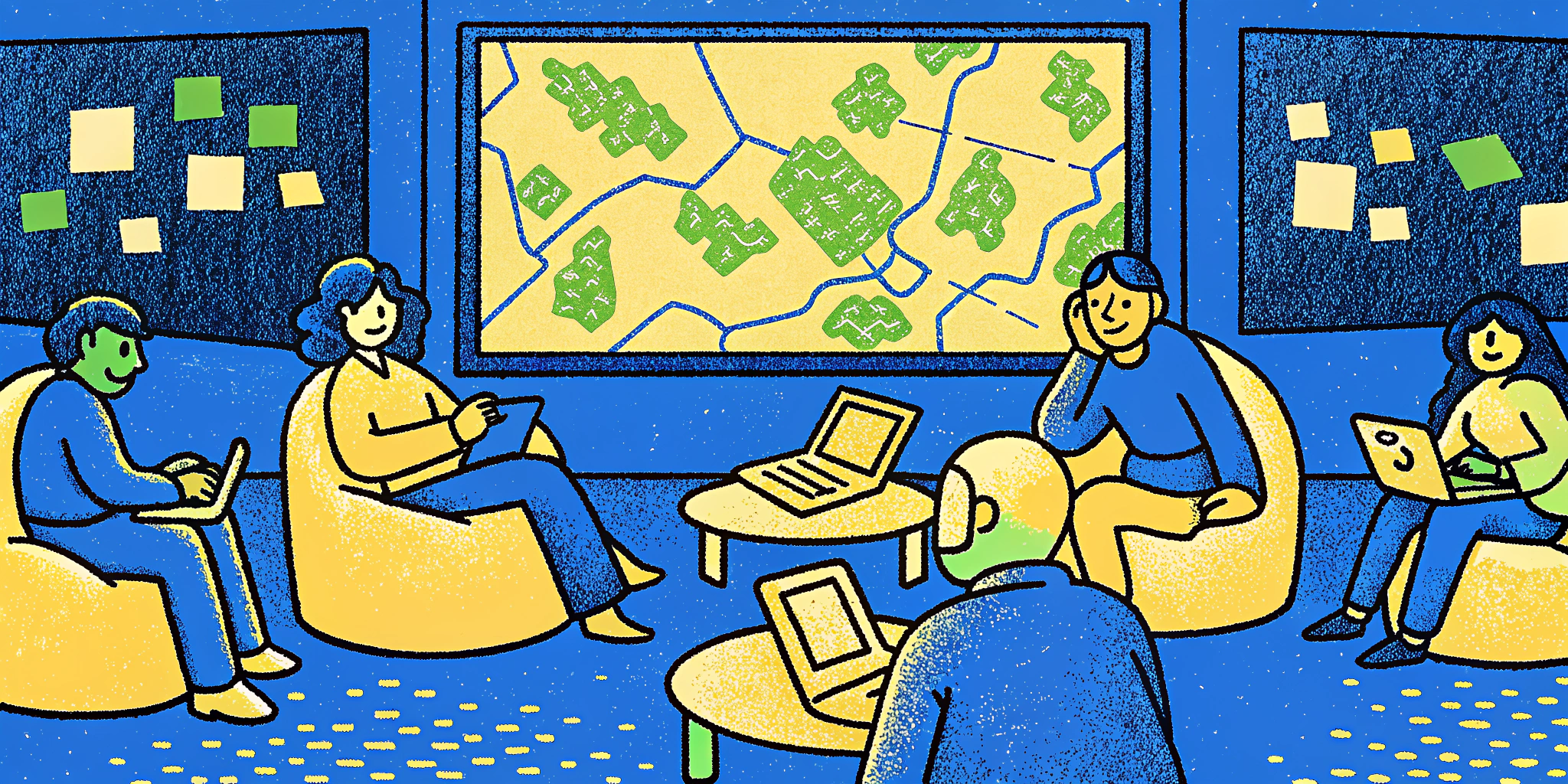Applying for a game graphic designer role can feel like stepping into the final boss fight of your career journey. With competition so fierce, how do you ensure that you stand out? As someone who’s been in the trenches of game development interviews, I’m here to walk you through some of the most common and challenging interview questions you’ll face—and how to tackle them with confidence. Hi, I’m Alex Carter, a seasoned game designer, and I’ve sat on both sides of the interview table. Let me share what I’ve learned to help you land your dream role.
In this blog, we’ll break down five essential job application questions for game graphic designers, discuss why they’re asked, and provide actionable strategies to answer them. You’ll also find real-world examples, helpful tables, and even prompts for visual learners. Let’s dive in!
1. What are the key elements needed to develop a successful game?
Why this question is asked:
Employers want to know if your design philosophy aligns with their studio’s goals. They’re looking for candidates who understand the holistic process of game development, not just their specific role.
How to answer:
Break your response into clear, actionable components, and tailor your answer to the studio’s style. Here’s an example:
“In my opinion, the key elements for a successful game include a compelling narrative, intuitive UI, responsive controls, and optimized performance. Players need to feel immersed in a well-crafted story, while the interface and controls should feel natural and enhance the gameplay. From a graphic design perspective, I focus on creating stunning visuals and clean layouts that keep players engaged. Finally, the game’s performance relies on efficient coding and asset optimization, which requires tight collaboration with the dev team.”
Key Components of a Successful Game
| Element | Why It Matters | Designer’s Role |
|---|---|---|
| Compelling Story | Captures player interest and builds emotion | Visual storytelling through environment, characters, and cutscenes |
| Intuitive UI | Keeps players immersed and reduces friction | Design clean, functional interfaces |
| Responsive Controls | Enhances gameplay and user experience | Collaborate with developers to ensure smooth animations |
| Optimized Code | Prevents crashes and lag | Create optimized textures and assets |
2. What are some common mistakes game developers make, and how can they be avoided?
Why this question is asked:
Mistakes are inevitable in game design, but studios value candidates who can learn from past errors and build better processes. This question tests your problem-solving mindset.
How to answer:
Discuss specific technical errors and how you’ve addressed them in the past. Highlight your ability to anticipate and mitigate risks.
“I’ve seen and experienced common issues like uninitialized variables, excessive polycount on assets, and inconsistent art styles. For example, during one project, our team faced performance issues because of poorly optimized textures. I spearheaded an audit of all assets, reducing file sizes by 30%, which significantly improved loading times. I now follow strict asset guidelines and incorporate regular performance checks to avoid such mistakes.”
Common Mistakes and Solutions in Game Development
| Mistake | Impact | Solution |
|---|---|---|
| Uninitialized Variables | Causes game crashes or errors | Conduct thorough code reviews |
| Excessive Polycount | Slows down performance | Use LOD (Level of Detail) techniques |
| Inconsistent Art Styles | Breaks immersion | Create and follow a style guide |
| Poor Texture Optimization | Increases loading times | Compress textures and use efficient formats |
3. How do you collaborate with graphic artists effectively?
Why this question is asked:
Game development is inherently collaborative. Studios need to know if you can work well with others, especially across disciplines.
How to answer:
Emphasize your communication skills and ability to adapt to different team members’ workflows.
“I’ve worked with graphic artists on multiple projects, and I believe clear communication is the foundation of effective collaboration. I use tools like Slack and Trello to align on tasks and deadlines. For example, on a recent project, I helped a graphic artist understand the technical constraints of our engine by creating a visual guide. This ensured their assets were compatible without compromising quality.”
4. What is your training and experience in game graphic design?
Why this question is asked:
This is your moment to shine! Employers want to know what sets you apart from other candidates.
How to answer:
Share specific details about your background and highlight projects that align with the studio’s style.
“I hold a degree in Game Art and Design, where I specialized in 3D modeling and environment art. During college, I co-designed a mobile game that was later commercialized. After graduation, I worked at [Studio Name], contributing to AAA titles. One of my proudest achievements was designing a fantasy world map that won a design award. I’m always eager to learn and push my boundaries.”
Snapshot of My Experience
| Education/Training | Experience | Key Achievements |
|---|---|---|
| Degree in Game Art & Design | 4 years in AAA game development | Designed award-winning fantasy map |
| Specialized in 3D Modeling | Worked on two commercialized games | Optimized assets for 30% faster load |
5. How do you use feedback to improve your design process?
Why this question is asked:
Employers value candidates who can take constructive criticism and turn it into actionable improvements.
How to answer:
Use the STAR method (Situation, Task, Action, Result) to frame your response.
“When tasked with designing a sequel to a popular game, I gathered player feedback from forums and surveys. One common complaint was the overly complex inventory system. I simplified the UI based on user suggestions, and the revised system received overwhelmingly positive reviews. This taught me the importance of user-centric design.”
Feedback Implementation Process
| Step | Description |
|---|---|
| Gather | Collect feedback from users and stakeholders |
| Analyze | Identify common themes and actionable items |
| Implement | Adjust designs based on feedback |
| Review | Test and validate changes with the audience |
Conclusion: Mastering Your Game Graphic Designer Interview
Landing a job as a game graphic designer requires more than just technical skills—it’s about showcasing your creativity, collaboration, and problem-solving abilities. By preparing thoughtful answers to these key questions, you’ll prove to employers that you’re the perfect fit for their team. Remember, practice makes perfect. Tools like Ninjafy AI can help you simulate mock interviews and refine your responses in real time.
With over 441K offers secured and a 39% success rate for users landing their dream jobs, Ninjafy AI is the ultimate AI interview assistant. Whether you’re prepping for situational and behavioral questions or need real-time feedback, this AI tool has your back. It’s discreet, undetectable, and tailored to your career journey—helping you ace your next interview with confidence.




